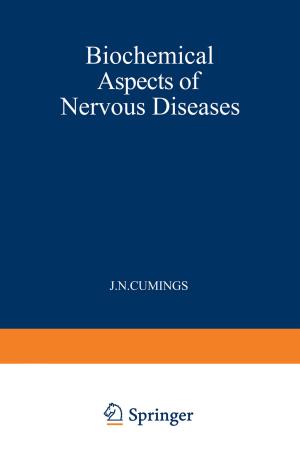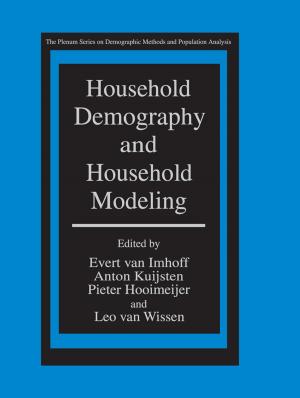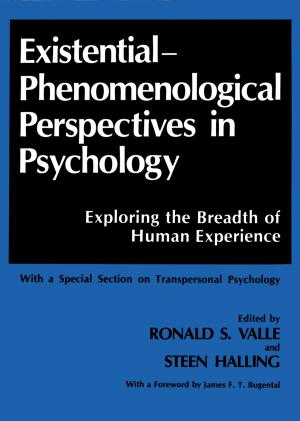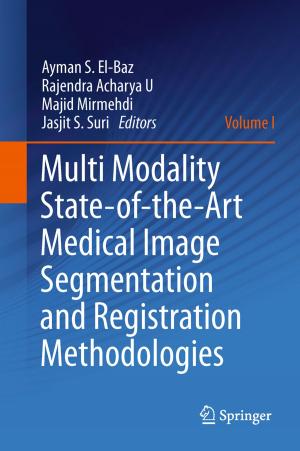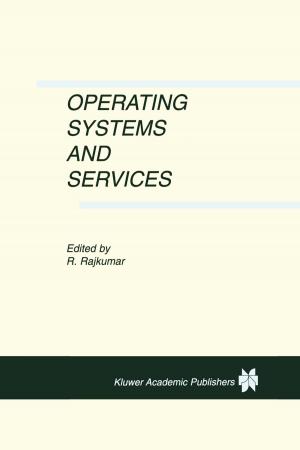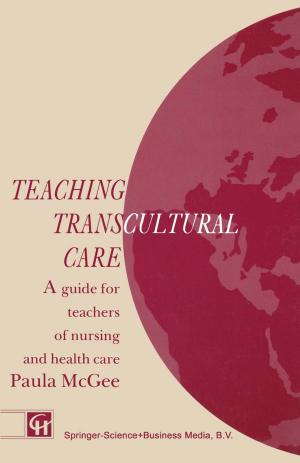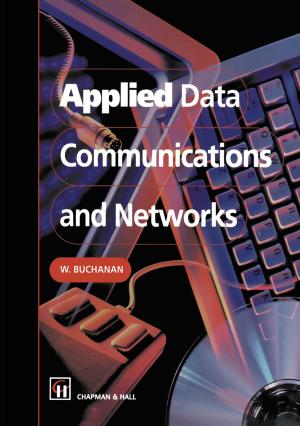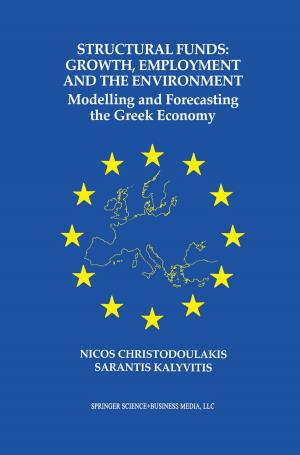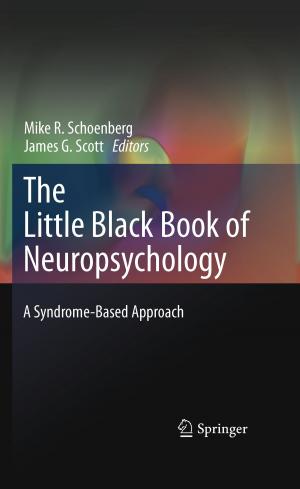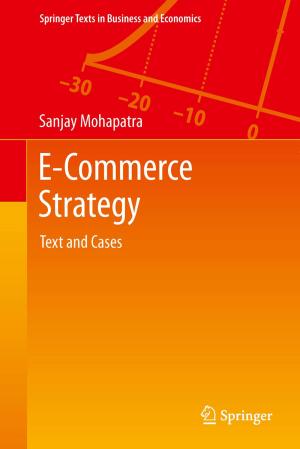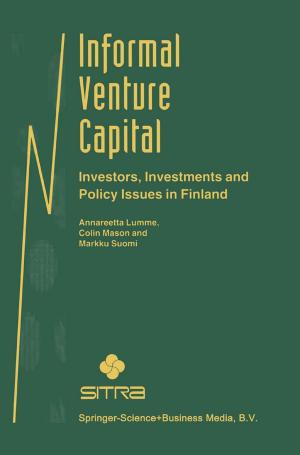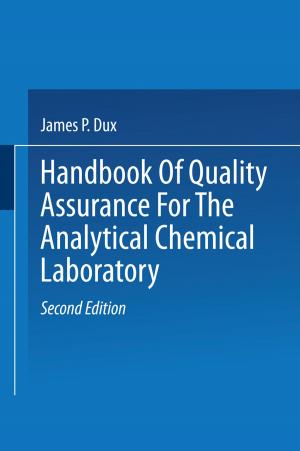Mammalian Cell Culture
The Use of Serum-Free Hormone-Supplemented Media
Nonfiction, Health & Well Being, Medical, Medical Science, Anatomy| Author: | ISBN: | 9781461593614 | |
| Publisher: | Springer US | Publication: | December 6, 2012 |
| Imprint: | Springer | Language: | English |
| Author: | |
| ISBN: | 9781461593614 |
| Publisher: | Springer US |
| Publication: | December 6, 2012 |
| Imprint: | Springer |
| Language: | English |
The advantages of obtaining a completely defined environment for the growth of cells in vitro were recognized very early in the history of cell culture (Lewis and Lewis, 1911). Continued interest in the nutritional requirements of cells in vitro and in providing an optimal environment for cells led to the development of the complex nutrient mixtures available today in many media (Waymouth, 1972; Ham, 1965). However, serum remained an essential component of medium for the growth of most cell types in culture. The question of what factor (or factors) in serum was essential for cell growth and survival remained unanswered for several decades. Initially, experiments were designed to purify the "active component" of serum for the growth of cells in culture. These experiments identified fetuin (Fisher et at., 1958) and nonsuppressible insulinlike activity (Temin et at., 1972) as important components of serum. However, the complexity of serum and the very low levels of active components in serum hindered progress in identi fying and isolating serum factors.
The advantages of obtaining a completely defined environment for the growth of cells in vitro were recognized very early in the history of cell culture (Lewis and Lewis, 1911). Continued interest in the nutritional requirements of cells in vitro and in providing an optimal environment for cells led to the development of the complex nutrient mixtures available today in many media (Waymouth, 1972; Ham, 1965). However, serum remained an essential component of medium for the growth of most cell types in culture. The question of what factor (or factors) in serum was essential for cell growth and survival remained unanswered for several decades. Initially, experiments were designed to purify the "active component" of serum for the growth of cells in culture. These experiments identified fetuin (Fisher et at., 1958) and nonsuppressible insulinlike activity (Temin et at., 1972) as important components of serum. However, the complexity of serum and the very low levels of active components in serum hindered progress in identi fying and isolating serum factors.

